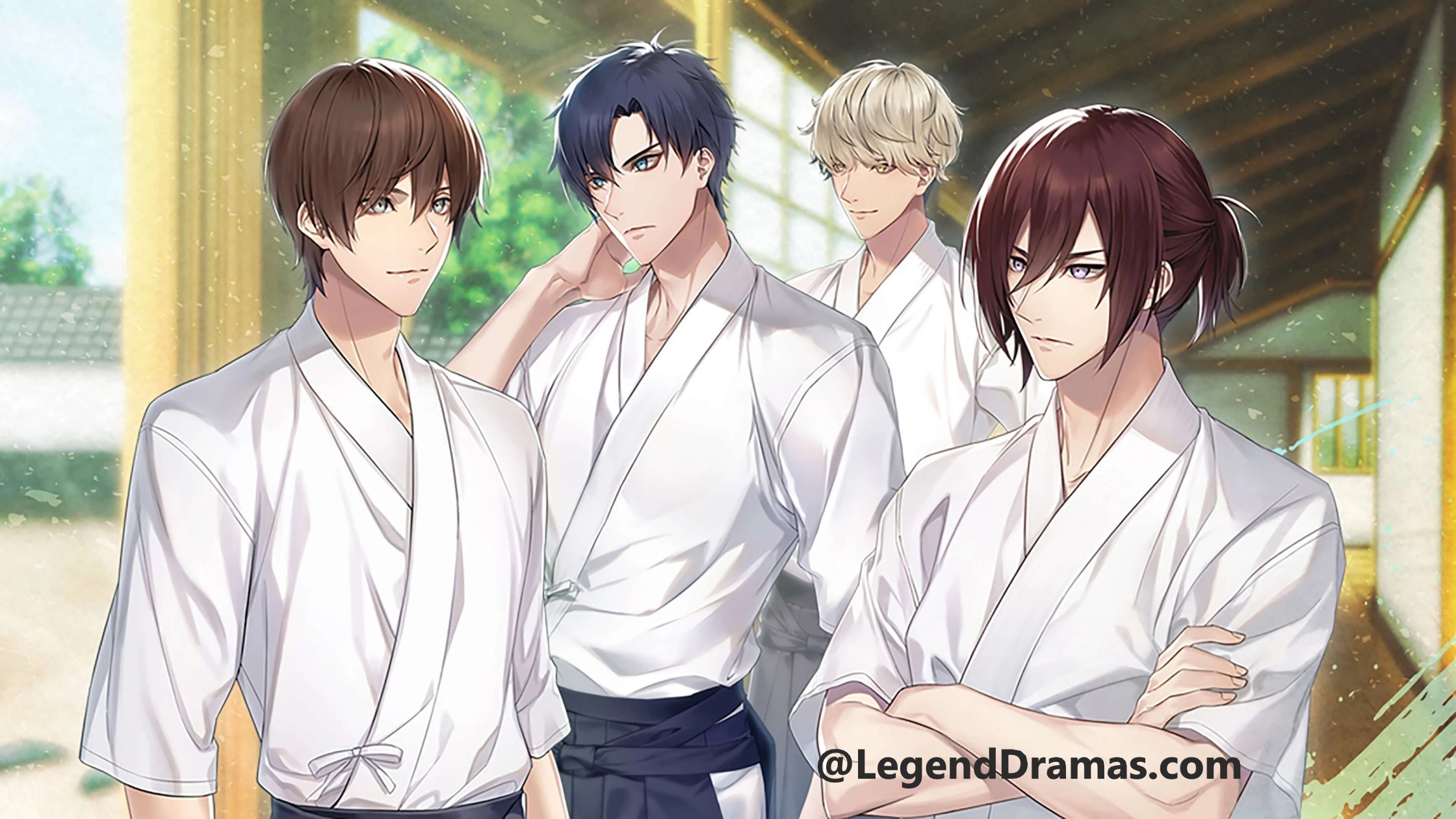Introduction
The world of literature and entertainment has long been a reflection of human experiences, emotions, and desires. One genre that has gained immense popularity and significance in recent years is Yaoi. This genre, originating from Japan, has garnered a dedicated global following, and its influence has extended beyond the confines of manga and anime to encompass a wide range of media. In this article, we will delve into the Yaoi genre, its history, themes, cultural impact, and the significance of representation in LGBTQ+ narratives.
Understanding Yaoi
Yaoi, also known as Boys’ Love (BL), is a genre that primarily focuses on romantic and sometimes erotic relationships between male characters. Originating in Japan in the 1970s, Yaoi has evolved from its early roots in manga and anime into a broader genre that encompasses novels, webcomics, drama CDs, and even live-action adaptations.
The term “Yaoi” itself is an acronym derived from the Japanese words “Yama nashi, ochi nashi, imi nashi,” which roughly translates to “no climax, no resolution, no meaning.” This term was initially used to describe stories that emphasized the emotional and romantic aspects of relationships between male characters, often without a definitive conclusion.
Themes and Storytelling
Yaoi explores a diverse range of themes, including love, relationships, personal growth, and societal acceptance. While romantic and sexual relationships between male characters are central, Yaoi stories often incorporate elements of drama, comedy, and slice-of-life to create engaging narratives.
One common trope in Yaoi is the “seme” and “uke” dynamic, where characters are assigned specific roles within the relationship. The “seme” typically assumes the dominant role, while the “uke” takes on the submissive role. However, contemporary Yaoi works challenge and subvert these roles, promoting more balanced and equitable relationships.
Cultural Impact and Global Reach
Yaoi has transcended cultural boundaries and gained a devoted international fanbase. Its appeal lies not only in its captivating narratives but also in its representation of LGBTQ+ relationships and experiences. For many readers and viewers, Yaoi offers a unique opportunity to explore themes of love and identity through the lens of fictional characters.
In addition to its entertainment value, Yaoi has played a significant role in fostering empathy and understanding toward LGBTQ+ individuals. It has contributed to destigmatizing same-sex relationships in societies where such relationships may face discrimination or prejudice. By portraying diverse characters and storylines, Yaoi challenges traditional norms and fosters inclusivity.
The Importance of Representation
One of the most compelling aspects of Yaoi is its commitment to representing LGBTQ+ characters and their experiences. It provides a platform for storytelling that reflects the lived experiences of individuals who identify as LGBTQ+. This representation is crucial because it allows for greater visibility and understanding of LGBTQ+ individuals, helping to combat stereotypes and misconceptions.
Moreover, Yaoi has been instrumental in offering LGBTQ+ individuals and allies a sense of belonging and acceptance. It provides a space where readers and viewers can see themselves reflected in the characters and narratives, fostering a sense of community and empowerment.
Conclusion
Yaoi, or Boys’ Love, is a genre that has transcended borders and cultures to become a global phenomenon. Its stories of love, relationships, and personal growth have resonated with readers and viewers worldwide, and its significance extends beyond entertainment. Yaoi plays a pivotal role in representing LGBTQ+ individuals and challenging societal norms and prejudices. By offering diverse narratives and characters, Yaoi contributes to fostering empathy, understanding, and acceptance. In a world where representation matters, the Yaoi genre stands as a testament to the power of storytelling in shaping perceptions and advocating for inclusivity and diversity.

